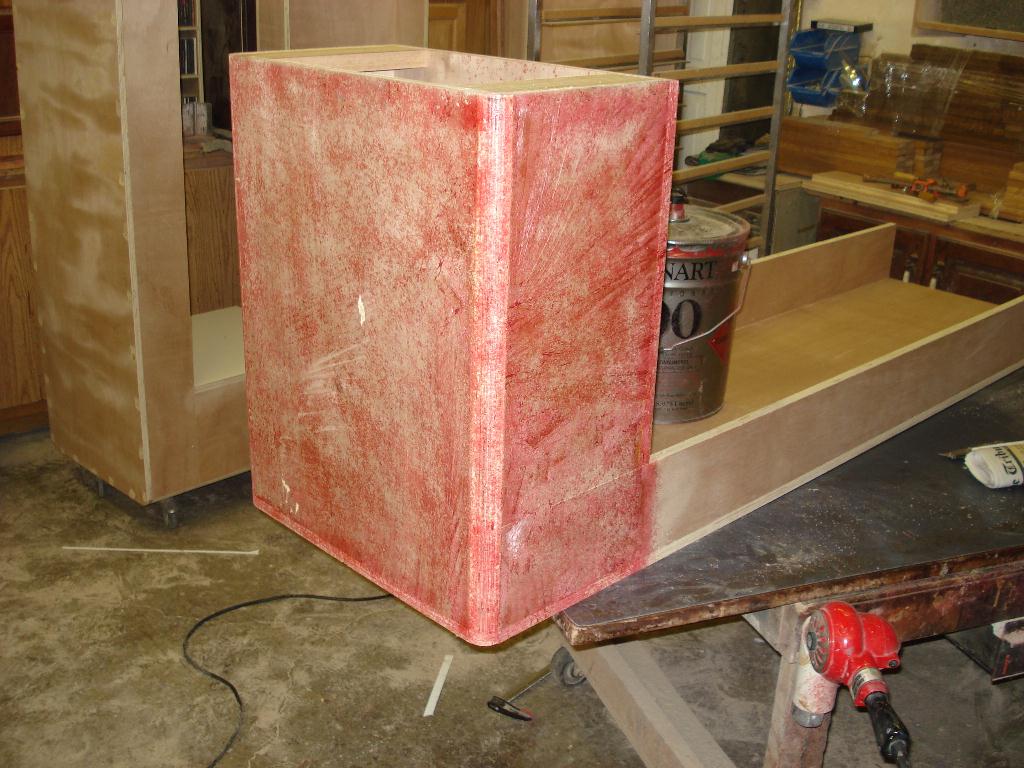Question
I have had problems with seaming materials before. What are some of the key points to making a good seam?
Forum Responses
Always the main thing is to get mating surfaces to be an exact match. When using solid surface this will eliminate most other problems. Next is to have the cleanest possible work area. Contaminates can effect color, strength and fit.
Then do only one joint at a time. Do not hurry. Align pieces vertically and horizontally. Follow directions on the use of proper adhesive. Wait for setup time described for adhesive. Clean up adhesive and surface.
Joints in solid surface can always be made invisibly and often stronger than the original material. Much less can go wrong than with wood.
Our surface seams are not visible to the homeowner. Sometimes we even forget where they are. I like the sixty-second rule. If you can't find it in sixty seconds, it's acceptable. Never sell a seam as invisible. They are inconspicuous. Some of our retailers need to be reminded not to "over sell" these products. e.g. heat, scratching, polished surfaces, etc.
When seaming polyester products such as Surell, certain Avonites, Fountainhead, etc., remember that the edges to be glued must be scuffed with coarse sandpaper. Both polyester and acrylic adhesives will etch the surface of their corresponding solid surface material. This increases the surface area for gluing that results in a very strong bond. The problem is that polyester adhesives take a very long time to cure. In the beginning, polyester products only offered polyester glues. Fabricators could not wait 12-24 hours for glue to cure, so the polyester product manufacturers released acrylic glues for their solid surface. The acrylic glues, however, will not etch a polyester product; therefore we must do it mechanically by sanding. When sanding, be careful not to round the top edge, as this could result in a visible seam.
On cutting the seam: Minimize vibration by using a heavy-duty router of 3 hp or better and very sharp bits of a good quality carbide (preferably C4 carbide). When choosing a bit, remember that more flutes give a cleaner cut while fewer give a faster cut. I prefer two flutes. Always cut your work on a good sturdy bench and for increased control, the rotation of the bit should cut towards the straight edge guide.
Seaming is not rocket science, but like anything else, experience and experimentation will be your best teacher. There are other seaming methods that can be explored and characteristics to learn of different colors and different materials. There are even dissimilarities between products of the same manufacturer. The best example is Avonite. They offer both acrylic and polyester products, as well as products that contain no mineral fillers. Each has its own seaming characteristics.
Comment from contributor A:
I have found that our beam saw will cut a perfect seam every time. Even on a coved top, when I first started using it I checked the seams but after about 10 seams I found it unneccesary. On cove I lay out each section 1/2" long, glue it up and then cut to leangth. It really saves a lot of time. Be aware that it is louder than laminate, but is easier on the blade than particleboard.
